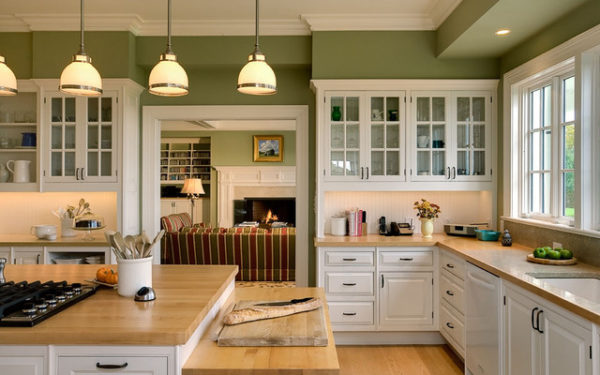
Designing kitchen lighting is a discipline unto itself, and it often requires as much planning and forethought as designing the rest of the kitchen itself. For it to provide maximum benefit, the lighting in your kitchen should be designed with equal attention to aesthetics and functionality.
The first thing you have to do is to make sure that you have adequate lighting for all your tasks. There are many ways by which to approach this particular concern and just how much lighting is needed is dependent on many factors. You will have to consider the design of your kitchen, how much natural light is available, what tasks you expect to do, how often you will use your kitchen, and so on. By taking stock of these factors, you will be better able to figure out what type of kitchen lighting will work best for you.
You might want to look into installing a skylight if you don’t get enough daylight during the day. A skylight can make for an interesting focal point for your kitchen and help give your design a more unified look. Better still, a skylight will provide you with plenty of light throughout the day, helping you cut your electrical costs significantly.
Single overheads rarely provide the best illumination, and they almost never look very appealing either. In order to soften up the glow from harsh lights, it might be best to install two or more lights at strategic spots in your kitchen rather than going with the traditional overhead lighting fixture.
Look into your options in recessed lighting for countertops and over the stove. These types of kitchen lighting fixtures provide all the benefits of standard lighting with reduced shadows and space requirements. Planned properly, they will provide all the lighting you need without getting in the way of your work.